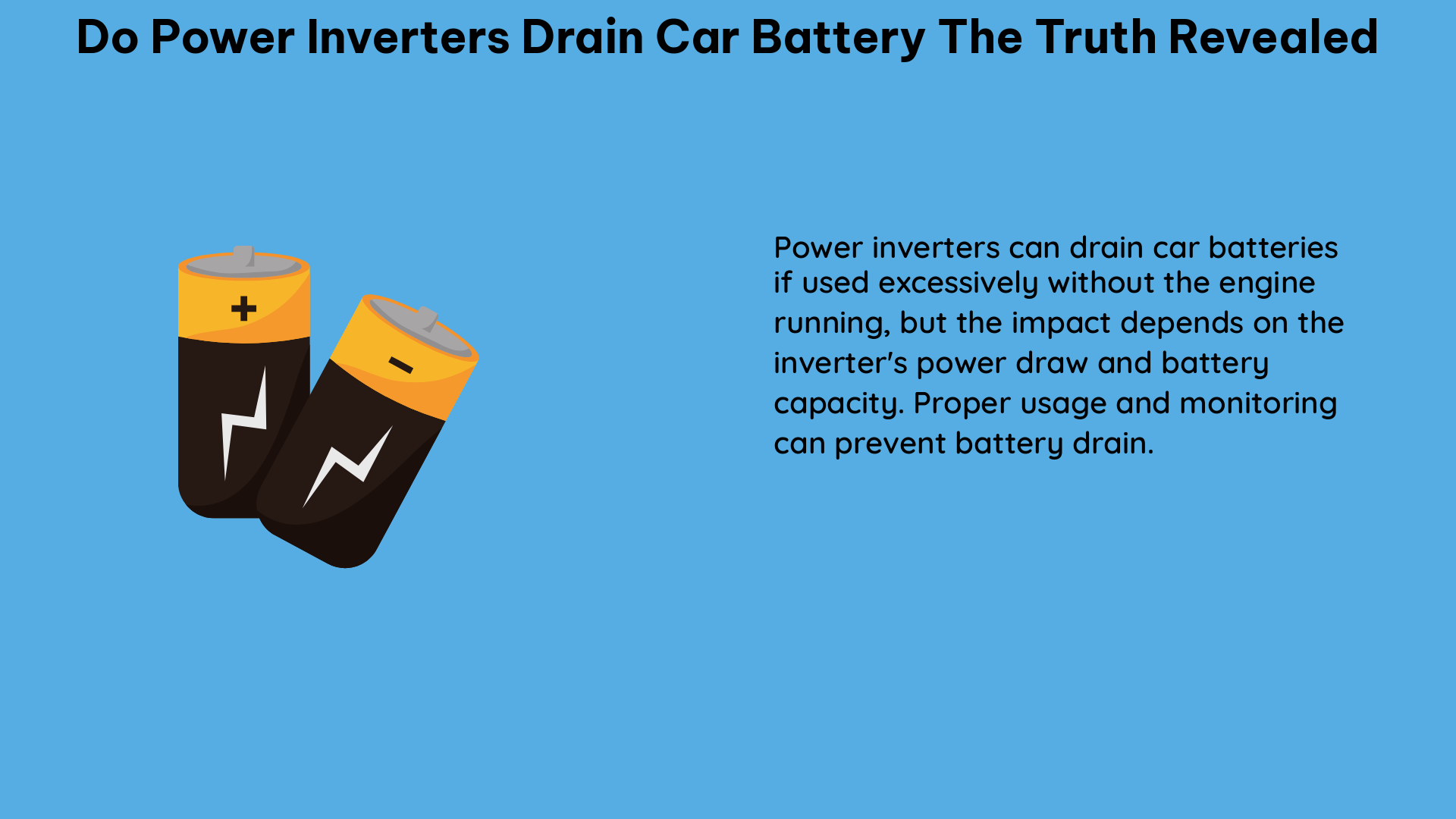The tap changer or the transformer tap is a special technique to change the turn ratio. Transformer taps provide balance in distribution systems by varying the voltage according to the change in voltage levels.
Transformer taps are vital as the number of turns in the HV winding is high, and a large voltage variation can be there. The current at the LV winding of larger transformers is quite high. So breaking the current is a difficult task. Low voltage winding is kept closer to the core, and high voltage winding is kept outside.
What is a transformer tap?
Transformer taps are one kind of voltage regulation method that alters the number of turns in one winding of the transformer and thus changes the turn ratio. As the voltage depends upon the turn ratio, We can vary it.
According to the requirement, we can use a transformer tap changer on both primary and secondary sides.

What are transformer tap settings?
We can arrange taps at the end of the phases, at the neutral point, or somewhere between the windings. We can bring down the number of bushing insulators if we provide taps at the end of the phases.
If we place taps at the neutral point, We can reduce the insulation between various components of the transformer. This arrangement is cost saving and, most importantly, suitable for large transformers. The turns ratio varies from one tap to another, and thus different voltages are received at every tap.
Use of transformer tap?
Transformer taps are present at several points on the winding. The primary reason for using a transformer tap is to adjust the voltage in different situations. The voltage needs to be changed according to the change in load.
Voltage variation is necessary for distribution networks. Transformer taps change the turn ratio so that a certain voltage is maintained. The other reasons for using transformer tap are-
- To vary the secondary voltage if needed
- To control the active and reactive power
- To adjust the consumer terminal voltage as per the requirement
FAQs
Transformer tap type?
There are two types of transformer tap changers available- On load tap changer (OLTC) and off load tap changer or de energized tap changer (DETC). Recently, solid state tap changers are also developed.
An on load tap changer is used in complex and unavoidable supply disruption cases. It consists of many taps and is quite costly. Off load tap changers are ideal for low voltage and low power transformers where frequently tap changing is not required. As the name suggests, it can also de-energize the system.


How does the transformer tap work?
The load is first disconnected from the transformer in off load tap changing. At once, a single tap is connected to prevent short circuits. The transformer has to be de-energized as soon as the tapping is done.
As the name suggests, the load does not need to be disconnected from the transformer on load tap changing. Taps can be resistive or reactive, and they are placed in an oil container. Out of 33 taps, 16 taps increase the turn ratio, 16 taps decrease the turn ratio, and the remaining one tap is present at the centre.
Also read on…Mutual Inductance Transformer : Mutual Inductance Equivalent Circuit and 10+ Critical FAQs
How to calculate transformer tap?
We adjust the turn ratio for transformer tap calculation. Where voltage is to be increased, the tap needs to move up to reduce primary turns( NP). Similarly, we need to move down to increase NP to decrease voltage.
The modified turn ratio of the tap changer

( + sign for increasing voltage, – sign for decreasing voltage). Suppose the tap changer is at 4, 1 step up from nominal tap 3 by moving up and reducing NP. If To= 3.5 and step % = 1.25, then

Transformer tapping range?
Standard range of off load tap changer is to have taps at +5%, +2.5%, 0, -2.5%, -5%. The middle tap is known as the nominal tap. There can be different ranges, but usually, the limit is +/- 10% and a minimum of 2.5% per step.
The range of an on load tap changer can be anything according to the requirement. Most common values are +7.5% to -12.5% in steps of 1.25% and + 15% to -15% in steps of 1.25%. The regulation of each tap comes under the 1-2% range to prevent dead zones. Occasionally, the tapping range of 15%-20% is also seen.
Read more on...Transformer Voltage Drop: What, Why, How To Find And Detailed Facts
Transformer tapping calculation?
We can see a 12.4 kV/ 4050V transformer with five taps on the primary winding. The step percentage is 1.25%. So the output voltage at the nominal tap (tap 3) is 4050V.
Therefore, turns ratio =

Suppose there is a load to the secondary winding with the same terminal voltage as the secondary voltage. Due to some losses, the load voltage falls to 4000 V. The tap changer will adjust to compensate for the 50 V loss. So the secondary voltage should increase to 4050+50= 4100 V. The increase amount= 4100/4050 = 1.012
Vp/Vs = Np/Ns
Since there is an increase in Vs, Np must be decreased by the same amount. So,Np’ = Np/1.012
So,

So, we should decrease Np by

Read more on….Multi Tap Transformer: What, Why, Working, Applications, Detailed Facts
Transformer tapping switch
Transformer tap switches are usually of two types- selector switch and diverter switch. The selector switches select the position of taps to which the diverter switch transfers the load current.
The diverter switch is responsible for the make and break of load current, and it switches over the transformer taps. These switches are often separated from the main transformer compartment to avoid oil contamination. The selector switches operate off load and thus are placed in the same compartment.







